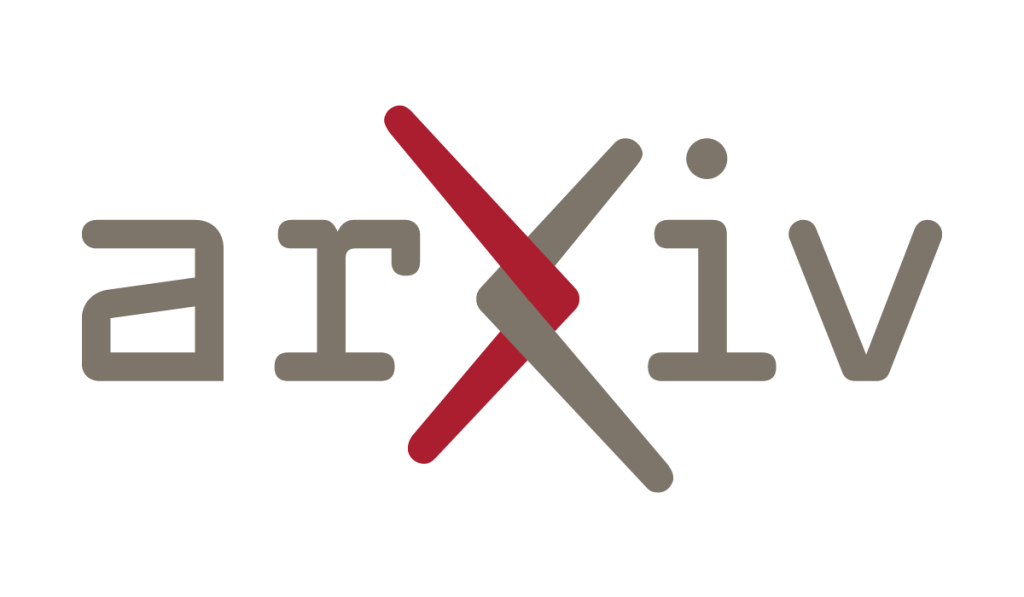arXiv:2504.09876v1 Announce Type: cross
Abstract: Transvaginal ultrasound is a critical imaging modality for evaluating cervical anatomy and detecting physiological changes. However, accurate segmentation of cervical structures remains challenging due to low contrast, shadow artifacts, and fuzzy boundaries. While convolutional neural networks (CNNs) have shown promising results in medical image segmentation, their performance is often limited by the need for large-scale annotated datasets – an impractical requirement in clinical ultrasound imaging. Semi-supervised learning (SSL) offers a compelling solution by leveraging unlabeled data, but existing teacher-student frameworks often suffer from confirmation bias and high computational costs. We propose HDC, a novel semi-supervised segmentation framework that integrates Hierarchical Distillation and Consistency learning within a multi-level noise mean-teacher framework. Unlike conventional approaches that rely solely on pseudo-labeling, we introduce a hierarchical distillation mechanism that guides feature-level learning via two novel objectives: (1) Correlation Guidance Loss to align feature representations between the teacher and main student branch, and (2) Mutual Information Loss to stabilize representations between the main and noisy student branches. Our framework reduces model complexity while improving generalization. Extensive experiments on two fetal ultrasound datasets, FUGC and PSFH, demonstrate that our method achieves competitive performance with significantly lower computational overhead than existing multi-teacher models.
Source link

